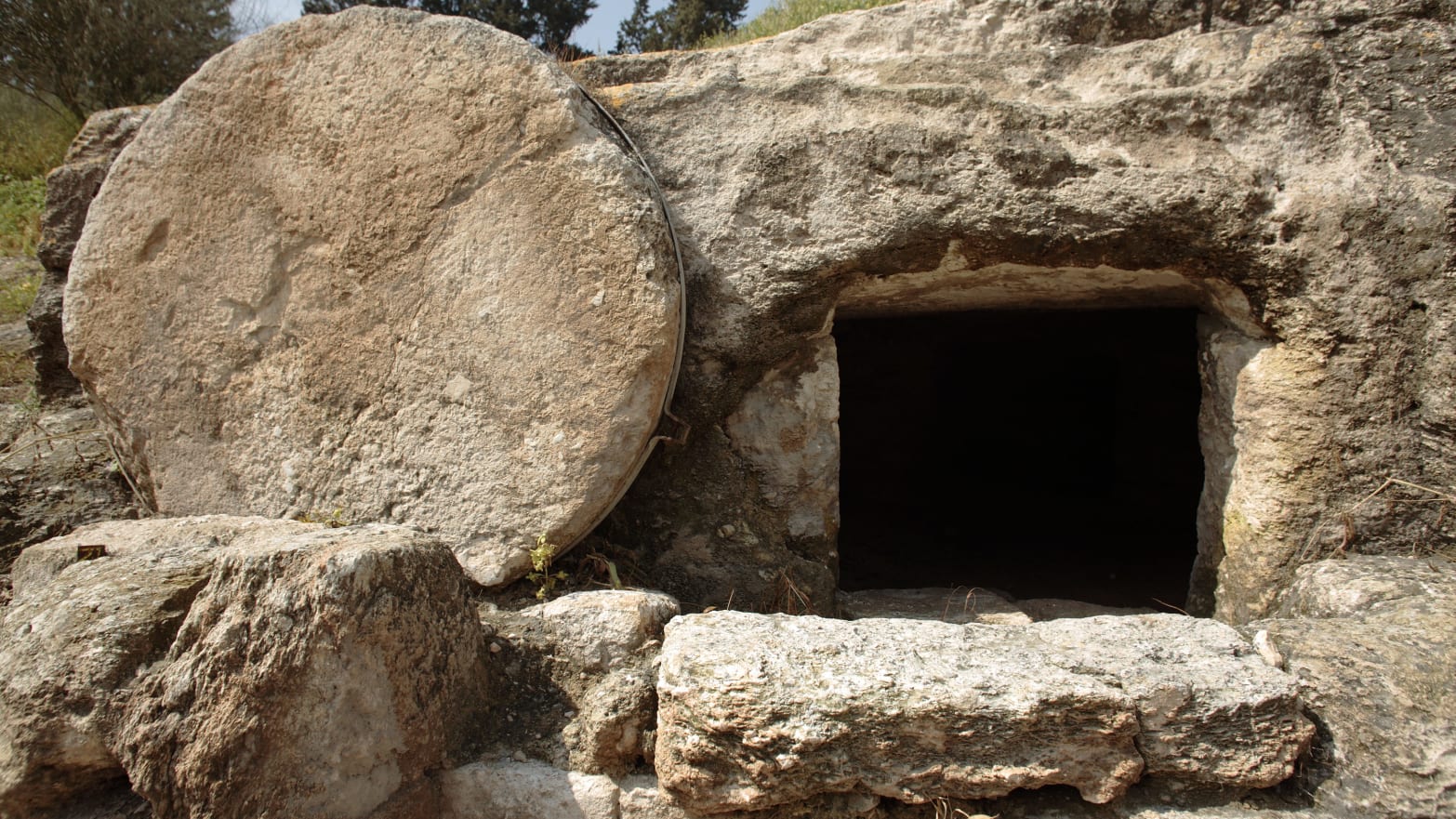From the Daily Beast:
In 1925 the German-born archaeologist and museum curator Wilhelm Froehner died. A life-long bachelor, Froehner channeled much of his energy and resources into a vast collection that some might say bordered on hoarding and left behind him a rich assemblage of artifacts (many of which went up in smoke in 2004). Among this vast array of antiquities was a 2- foot-by-2-foot block of marble known as the Nazareth Inscription.
The 22-line writing on the marble slab contains an “Edict of Caesar” that prohibited the disturbance of graves and demanded that that body-snatchers be charged with the capital offense of tomb-robbing. This was quite the innovation in Roman law but, people wondered, where was this inscription from? And to what was it responding? The eccentric Froehner never showed the slab or its inscription to anyone; for 50 years he kept it a secret in his apartment in Paris. Even after his passing all anyone knew about the slab’s history was a note in Froehner’s inventory stating that it was “sent from Nazareth in 1878.” The reference to the Holy Land was tantalizing. Was it possible, scholars asked, that this inscription was a response to the most famous of missing bodies: the one absent from the tomb of Jesus? If it was, this inscription might be the oldest physical evidence of the emergence of Christianity, refracted through the heavy-handed response of Roman imperial power.


